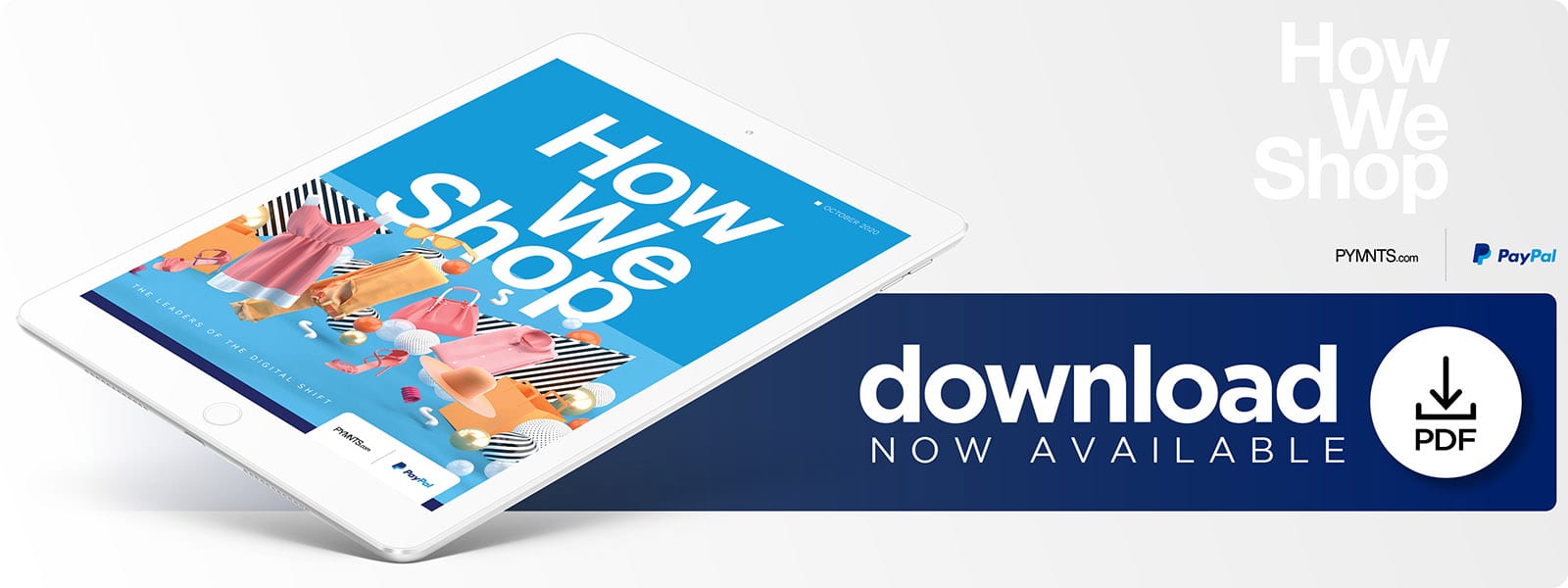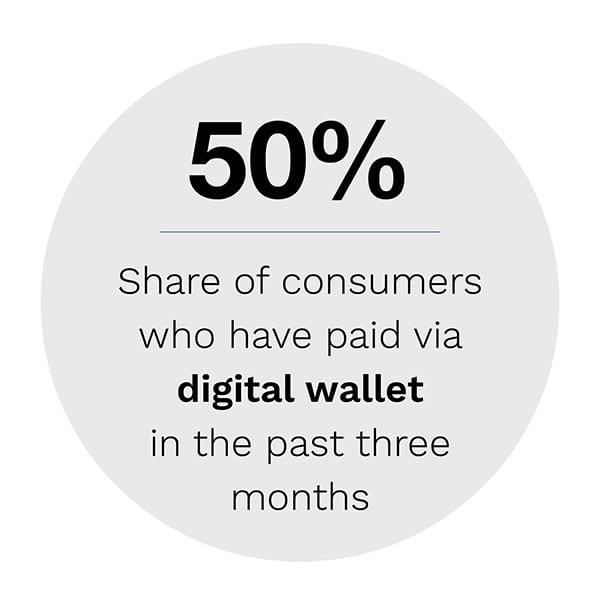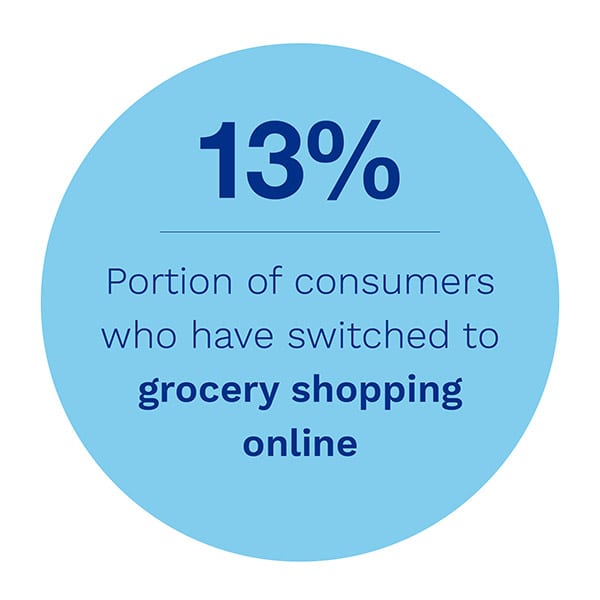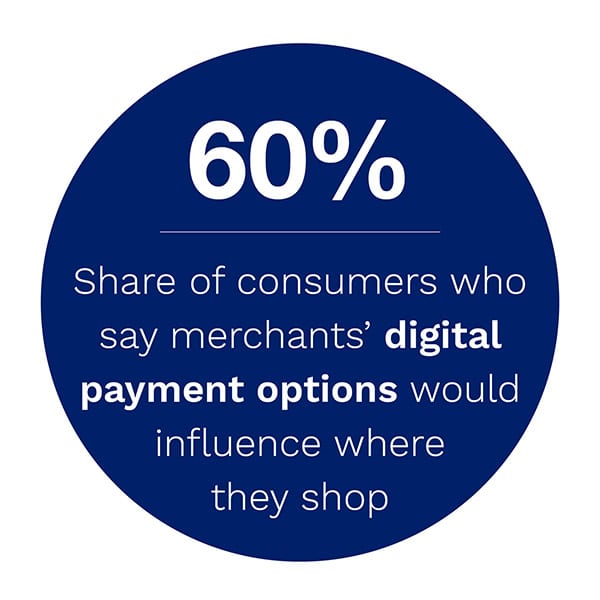NEW DATA: Five Payments Innovations For Winning The Digital-First Shopper


The United States is in the midst of a massive shift away from traditional brick-and-mortar to digital commerce.
Eighty million U.S. adult consumers have switched from shopping for retail products in-store to buying them online. At the same time, there are 19 million consumers who have shifted from dining in restaurants to ordering from eateries online or via app, as well as 26 million consumers who have shifted to shopping for groceries online rather than in-store.
 This shift is evident not only in how many consumers are now going online to shop and pay, but also in how they prefer to pay when checking out in stores. Digital payment options at the brick-and-mortar point of sale (POS) are now a must for many consumers, with 60 percent saying they would be more willing to shop in stores if retailers allowed them to pay using digital payment technologies, such as digital wallets, QR codes and POS credit options, to name a few.
This shift is evident not only in how many consumers are now going online to shop and pay, but also in how they prefer to pay when checking out in stores. Digital payment options at the brick-and-mortar point of sale (POS) are now a must for many consumers, with 60 percent saying they would be more willing to shop in stores if retailers allowed them to pay using digital payment technologies, such as digital wallets, QR codes and POS credit options, to name a few.
Who are the consumers leading this charge, and how can retailers tailor their digital shopping and payment offerings to meet shoppers’ expectations for digital commerce experiences and boost sales?
In the How We Shop: Winning The Digital-First Shopper report, a follow-up to our How We Shop: Measuring The Rapid Digital Shift Study, PYMNTS, in collaboration with and supported by PayPal, examines which demographic groups have been the fastest to adopt digital shopping channels and payment methods, and which of these digital options they want their retailers to provide. PYMNTS surveyed a census-balanced panel of 2,029 U.S. consumers about how they shop and pay and how their shopping preferences have changed since the pandemic began.
panel of 2,029 U.S. consumers about how they shop and pay and how their shopping preferences have changed since the pandemic began.
PYMNTS research shows that there is a high degree of variety in how strongly consumers prefer digital versus brick-and-mortar shopping experiences. Consumer demand for digital payment and shopping options is particularly strong among residents of urban communities. Forty-seven percent of consumers in large cities have shifted to shopping for retail products online, for example, and 87 percent of them plan to keep shopping online after the pandemic has subsided. Only 36 percent of consumers living in rural or farming communities have shifted to making retail purchases online, and just 69 percent of them plan to keep doing so in the future. These findings make it clear that urbanites are among the leaders of this digital shift, being far quicker to have made the switch to digital commerce.
Geographic area is not the only factor that has an impact on consumer demand for digital shopping experiences, however. Age and income also play important roles  in determining consumers’ level of interest in and willingness to shop online or with digital payment methods. The demand is so strong among millennials and Generation Z as well as consumers earning more than $50,000 annually that these demographic groups are now more likely to pay using digital wallets than cash or checks for in-store purchases. This signals that the U.S. may have already passed a digital tipping point, with early digital adopters having replaced cash with digital payments as their fallback payment method for in-store purchases.
in determining consumers’ level of interest in and willingness to shop online or with digital payment methods. The demand is so strong among millennials and Generation Z as well as consumers earning more than $50,000 annually that these demographic groups are now more likely to pay using digital wallets than cash or checks for in-store purchases. This signals that the U.S. may have already passed a digital tipping point, with early digital adopters having replaced cash with digital payments as their fallback payment method for in-store purchases.
These are only a few of the key findings drawn from our extensive research. The How We Shop: Winning The Digital-First Shopper report provides a comprehensive analysis of how all these factors and more influence consumers’ propensity to shop using digital methods — and what retailers must do to earn their business.
To learn more about which consumer demographics are driving the broader shift to a digital-first economy, download the report.